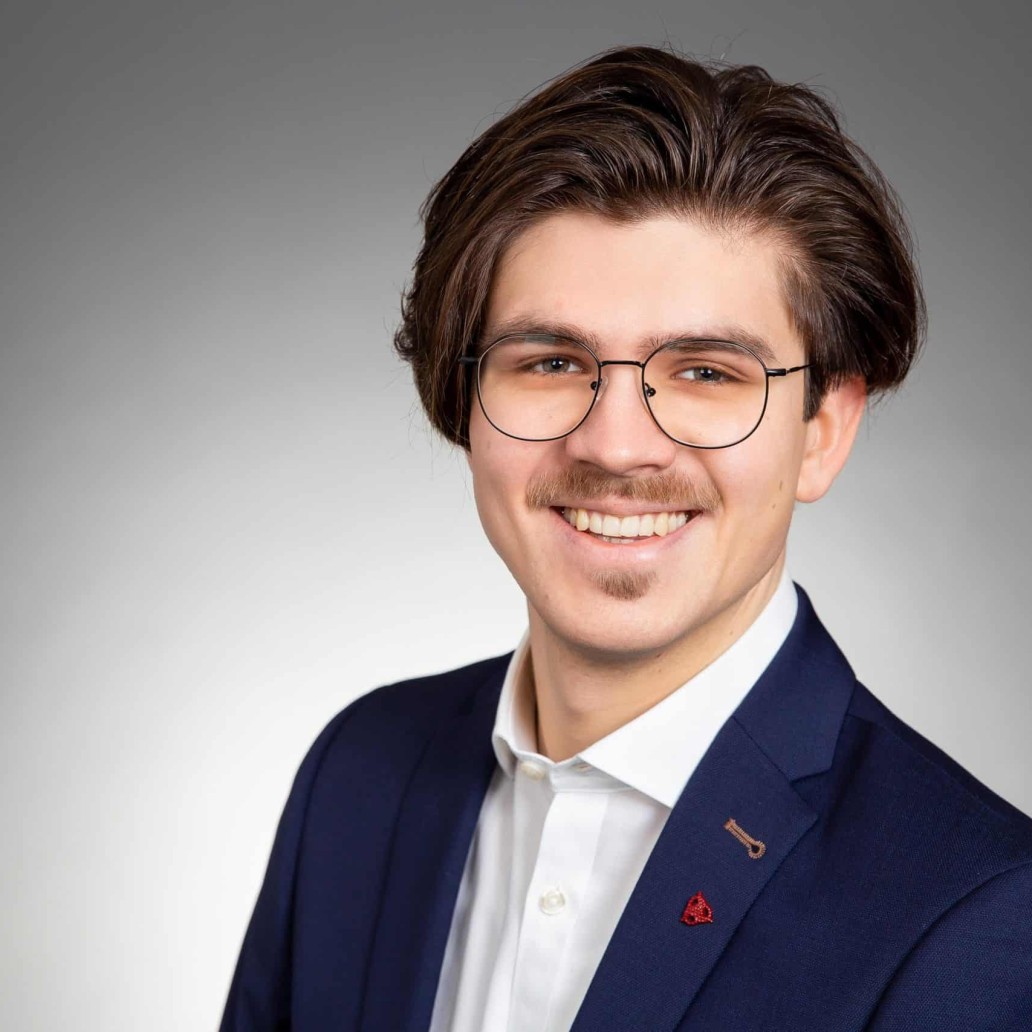Marcel Tschillaev heads up the Printed Casting production at Römheld & Moelle and helped shape the CastFast project – to develop an online platform that gives casting buyers faster access to quality castings. In this short interview, Marcel looks back at the history of 3D sand printing at Römheld & Moelle and explains how customers can unlock the full potential of the technology.
Marcel, how did you end up running our 3D sand printing operation?
Marcel Tschillaev: I applied with Römheld & Moelle to work on the CastFast project when I was still finishing my master’s degree in automotive engineering.
At university, you don’t really come across the casting process or cast parts. Wrongly! The opportunity to help shape the future of foundries really excited me.
What happened next?
MT: In mid-2021, I joined the strategy team and worked directly with the managing directors on the project. After that, things moved pretty fast.
Right from the outset, the idea was to combine 3D sand printing with an e-commerce model. But we quickly realised that this had potential beyond our own foundry. At the end of 2021, we decided to set up CastFast as a platform and make it accessible to more foundries.
And in parallel you worked on ramping up the Printed Casting production at R&M?
MT: That’s right. We started with one printer and it was quickly running at capacity. The second 3D sand printer was added in February 2023.
In between and since then we have learned a lot and further optimized production. Our Printed Casting production has its own workshop, that we continue to invest in.
In addition to that, we are increasingly working on joint projects with our Printed Casting customers to further explore the advantages of the process for their specific applications.
That could be about the wall thickness of castings – how thin can we go? – and interesting aspects of topology optimization. We also experiment a lot with combinations of 3D sand printing and our other processes. Full mold casting with printed cores, for example. Or, hot off the press, printed core boxes.
The 3D print element opens up new design possibilities – the design of a part is much less restricted by the manufacturing method. The more customers experience it, the more excited they get about the potential.
How important is online ordering, the digitalisation of the whole process?
MT: Very important. Casting buyers keep telling us that there’s not enough agility in the market, that simply getting a quotation from a foundry takes way too long and that it’s hard to engage additional suppliers. That’s damaging to the whole foundry community.
Using 3D sand print technology means the whole process can be digitized from the initial request for a quote and makes it much easier to then slot the order into production schedules and move it efficiently through the foundry.
This solves several foundry problems in one fell swoop. The thought of just leaving it at buying a sand printer, while ignoring the potential to radically improve the entire process, made no sense to us.
What does that mean in practice?
MT: By starting the order online, based on some basic information or the CAD file of the part, customers can instantly see a cost estimate and provisional delivery date. Affiliated foundries can process the request much more efficiently and quickly.
Everything is digital until the mold is actually printed. There is no need to make a wooden pattern or to go looking for it in a warehouse somewhere.
And as more foundries join the platform, the customer gains more choice and agility. This frees up foundry capacity, which can also be used much more flexibly. Foundries, in turn, benefit from a leaner process.
What’s next for CastFast?
MT: Of course, we want to further improve the platform and establish it in the market. Our message: casting can have an innovative edge.
For me personally, the mission is to really show design engineers all the new freedoms of 3D sand printing. While it’s true that „printed casting“ as a process can be an attractive option for parts that were designed for traditional casting processes, especially if it’s one-offs or small series, it gets really interesting when you can suddenly construct cast parts in a completely new way. The potential is huge.
Marcel, thank you for the interview.


